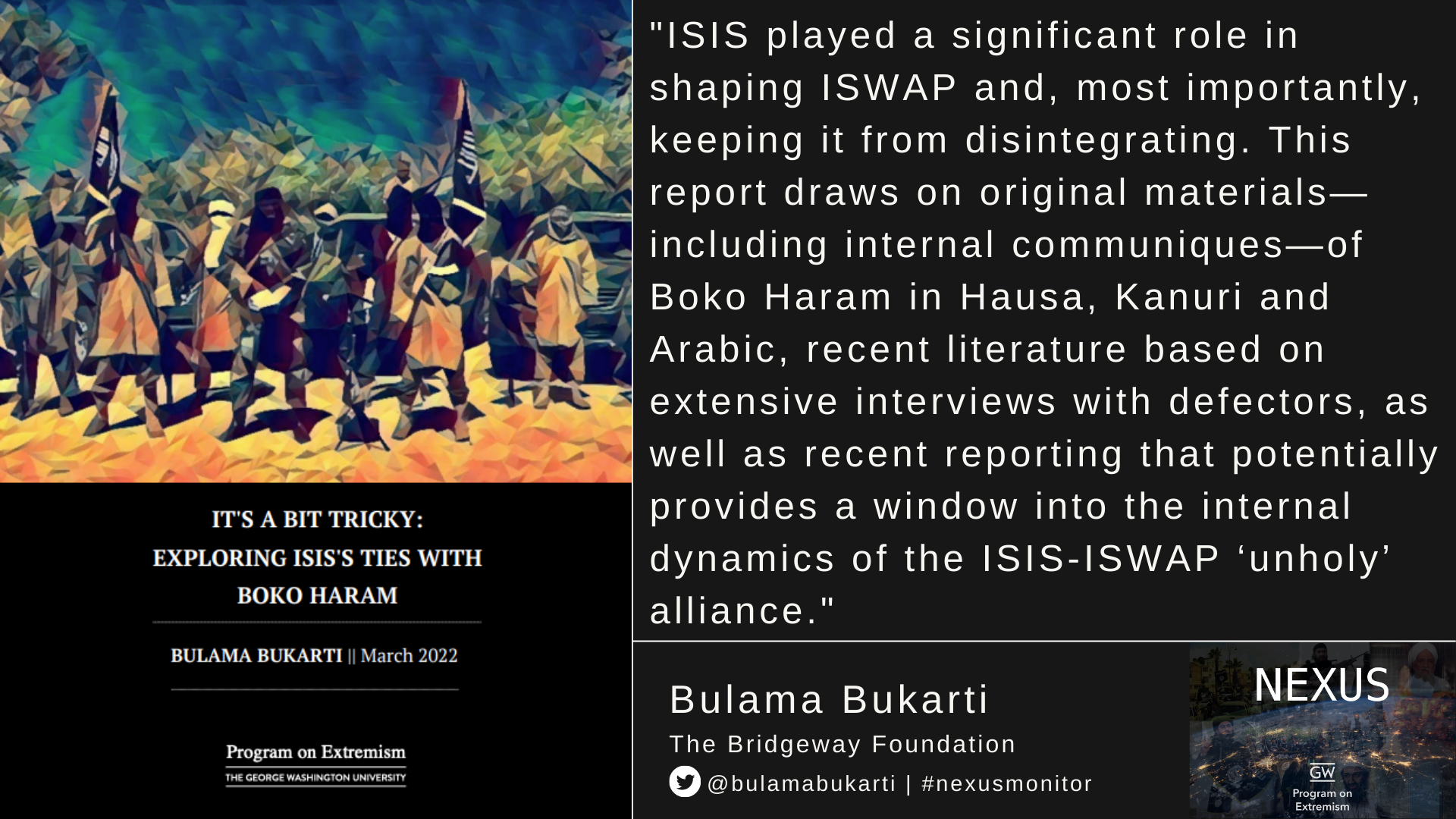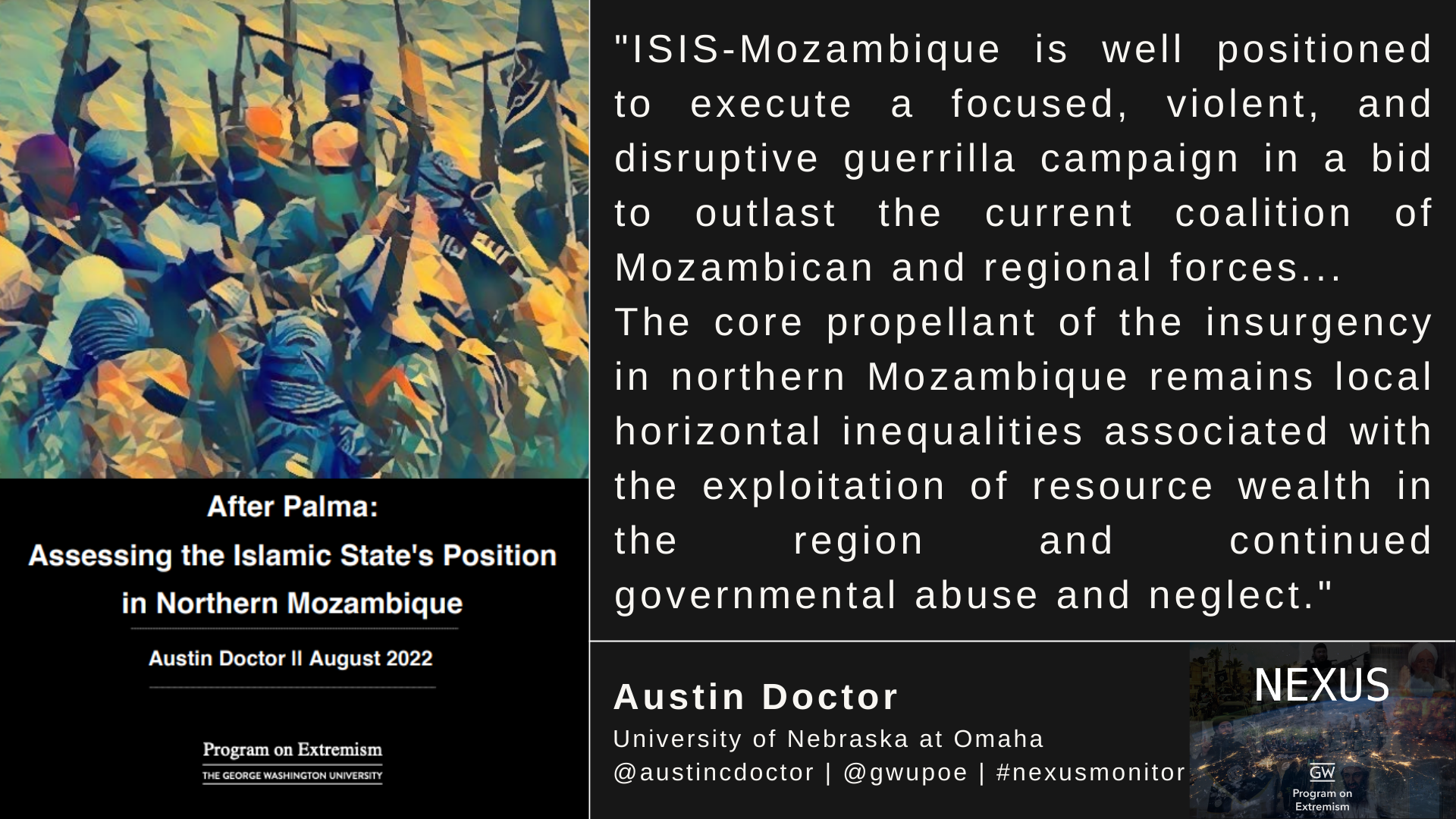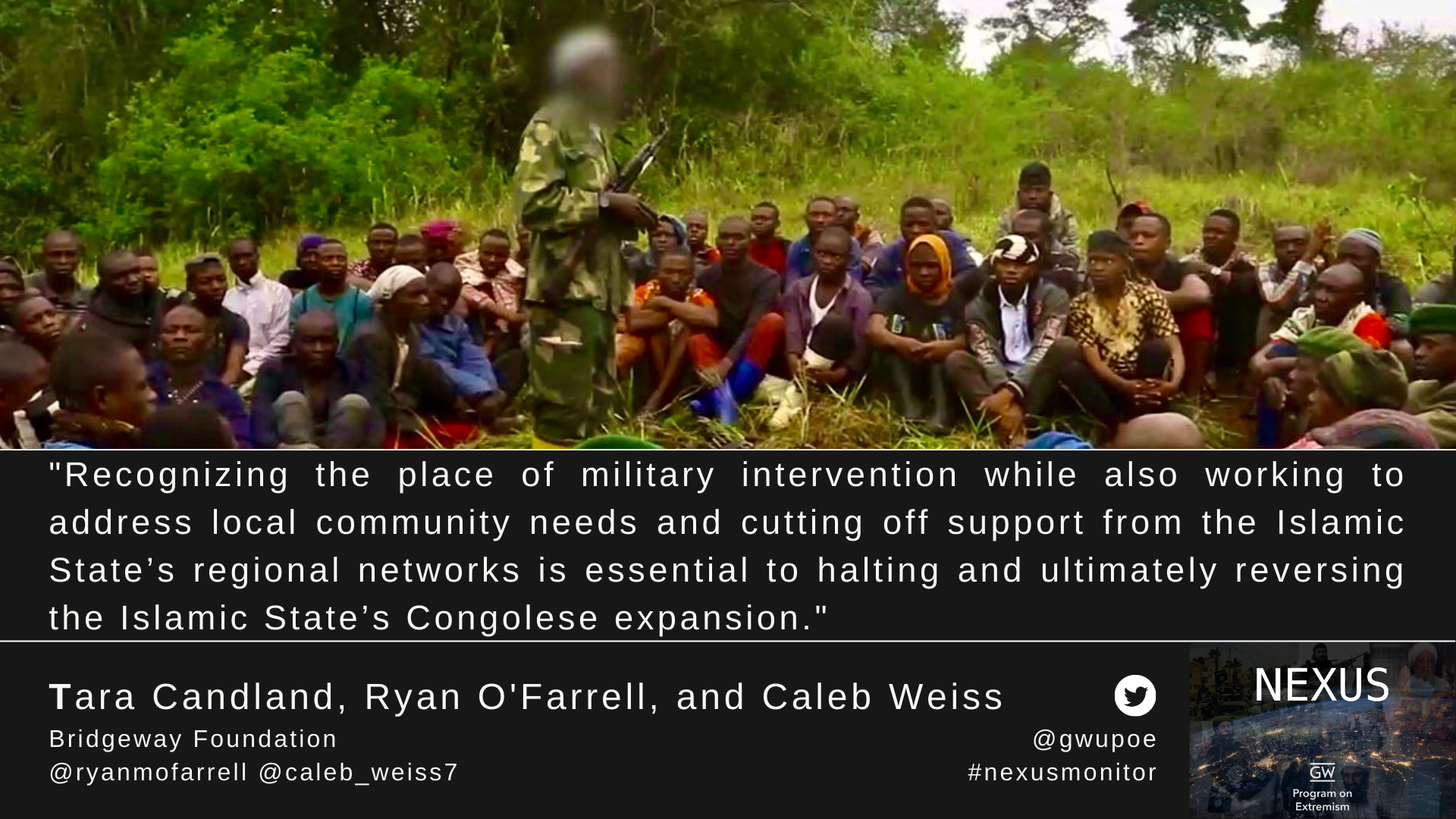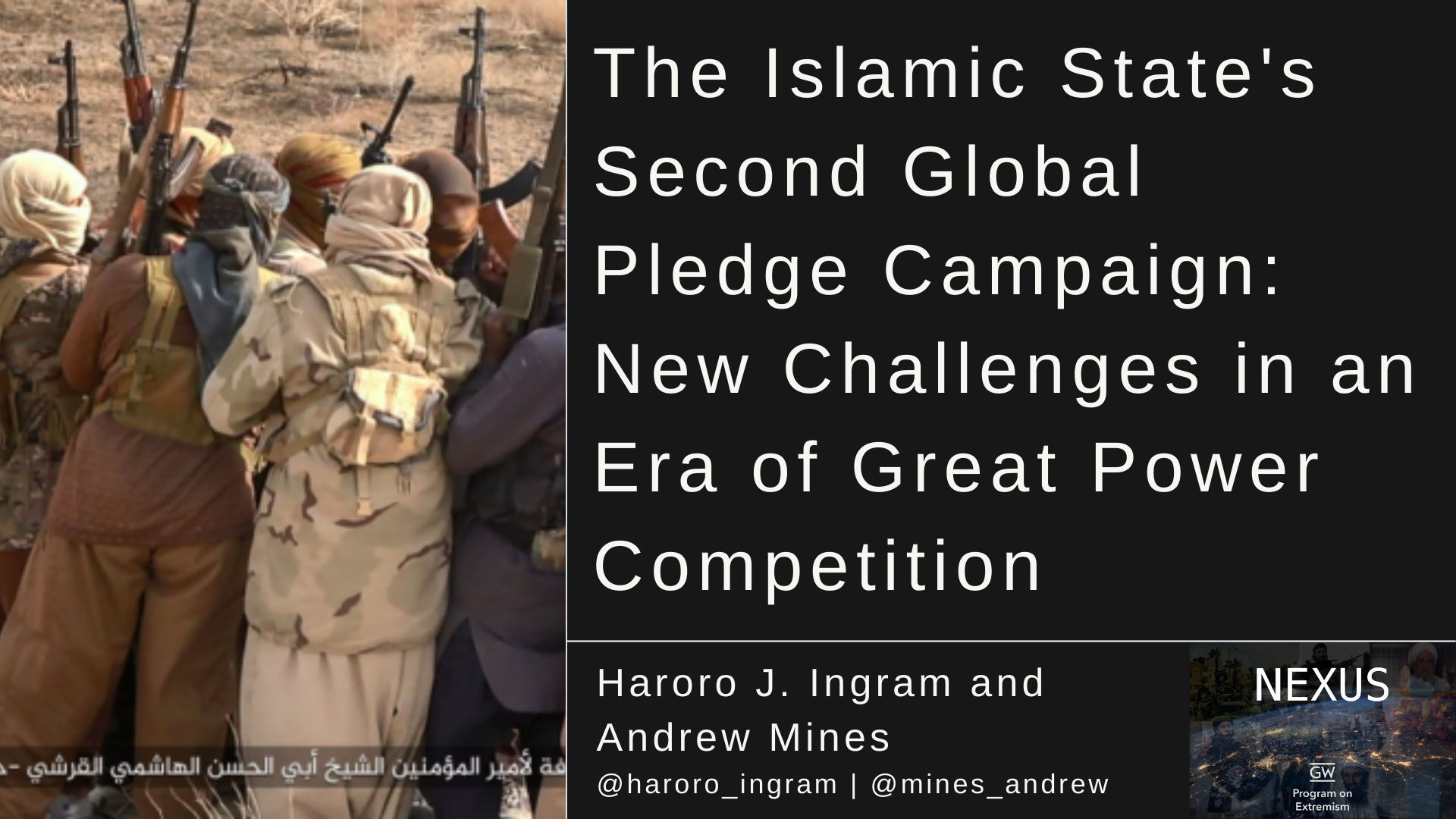Summary
On 18 January 2022, the Islamic State (ISIS) released a 27-minute video titled "the empowered generation" from its West Africa Province (ISWAP), which showcased the group’s daily routine of religious indoctrination of children and highlighting its military training. The film is a graduation ceremony for the first set of its “cubs of the caliphate”, who are trained “to love martyrdom and slaughtering in the path of Allah”. Its third and final segment was the most ruthless. It showed three children separately executing three captive soldiers. The first executioner—who appeared as young as 10-years-old—cried, "O enemies of Allah! Do you think that the killing of my father and brother will make us stop?", in Arabic language. The child then puts his rifle to the head of a man in Nigerian army uniform kneeling tied up before him, and pulls the trigger. With this clip, ISWAP provided a window into its “transgenerational indoctrination programme”, which took years to put together.
The production—which is ISWAP’s first in 2022 and probably its most sophisticated, staged with drone shots and close-ups—is infused with marks of ISWAP’s ties to ISIS. Shot against the background of ISIS’s black-and-white flag, the first speaker opens with a reference to northeast Nigeria where the video was taped as ISIS’s territory. Midway through the video, the children are shown raptly watching ISIS’s documentary of the battle for the eastern Syrian city of Hajin– the last major town controlled by ISIS that was recaptured in December 2018. It concludes with a rather dramatic display, in which the two dozen children present form a narrow circle around their instructor, clasp their right hands, and proclaim in chorus, “I give my allegiance to the Commander of the Faithful and Caliph of the Muslims, Abu Ibrahim al-Hashemi al-Qurashi, to hear and obey [him] in times of difficulty and comfort, in hardship and ease…” This is their oath of initiation.
Thus did these 24 children swear on their lives to join thousands of others and serve as foot soldiers for a supposed leader in hiding over 5,000 miles away, who was killed in an American raid two weeks after the video was released. None of them had ever seen the now-deceased former caliph, but that does not take anything away from their passion to give their lives for his cause. For these children poisoned with a warped ideology, geography, race, or language, are inconsequential. Theirs is the latest display of a union that was formed six years ago. When ISWAP pledged allegiance to ISIS in 2015, the extent of the ties between the two became a hotly-debated issue among scholars, analysts and governments. Some dismiss it as mere propaganda; some portray ISWAP and other affiliates as “Islamic State cells across Africa” or “The Islamic State Franchises in Africa”; and others suggest that ISWAP is completely different from its parent group Boko Haram, claiming that the former is really a “Band of International Criminal Gangs”. By dissecting the history, nature, and depth of ISWAP ties to ISIS, this report argues that the truth lies in the middle between those two extremes. It submits that the relationship is neither empty propaganda nor is it deep enough to reduce ISWAP to a mere puppet. The duo are, rather, partners in an adhocratic arrangement. The essay discusses ISIS’s influence on ISWAP’s leadership, policy, and administration, and concludes that ISIS played a significant role in shaping ISWAP and, most importantly, keeping it from disintegrating. The essay draws on original materials—including internal communiques—of Boko Haram in Hausa, Kanuri and Arabic, recent literature based on extensive interviews with defectors, as well as recent reporting that potentially provides a window into the internal dynamics of the ISIS-ISWAP ‘unholy’ alliance.





